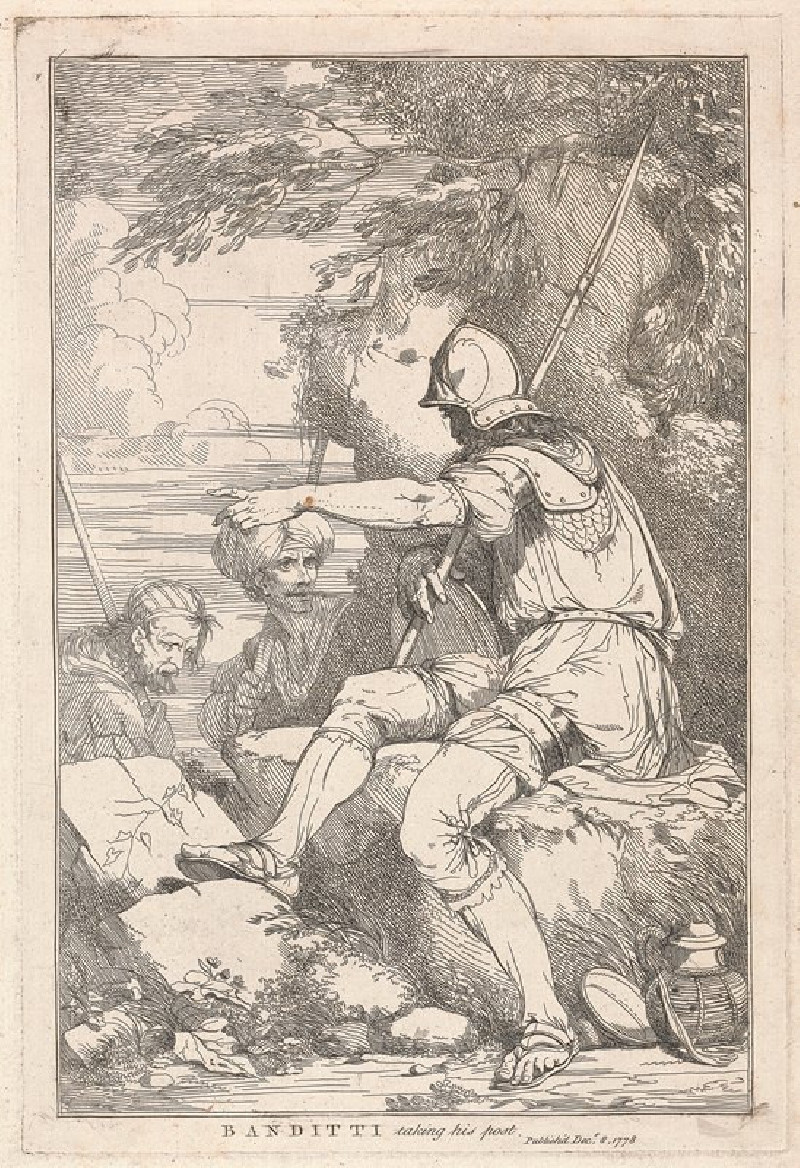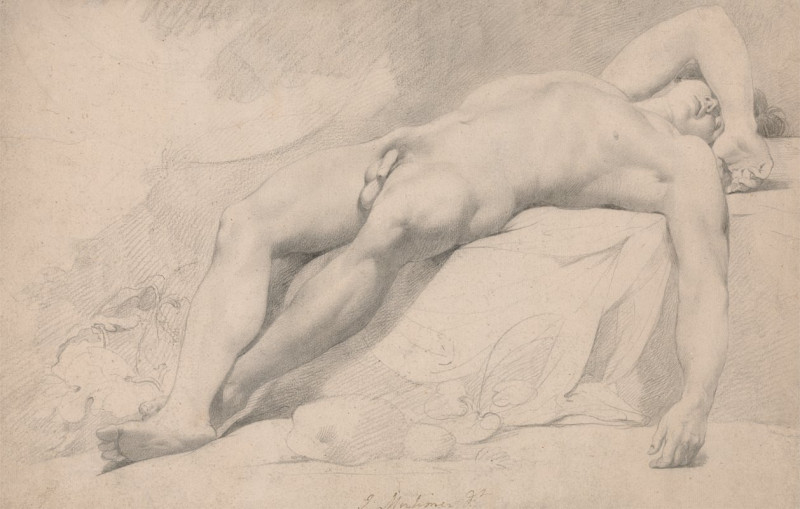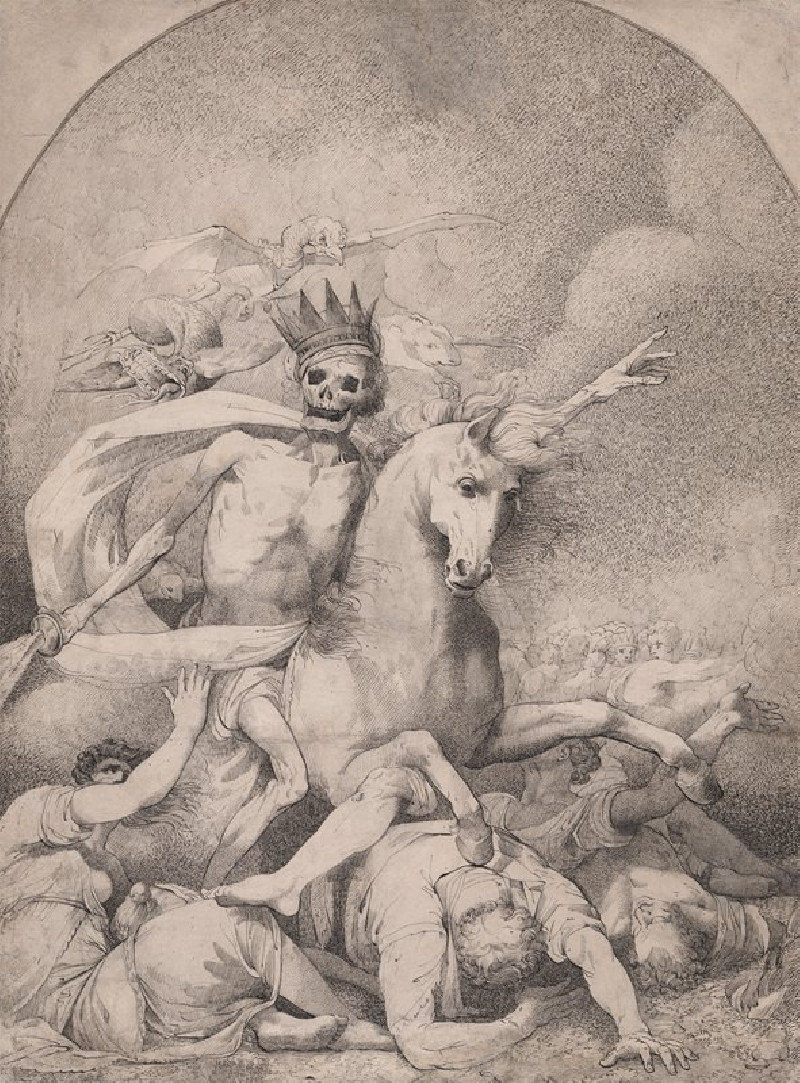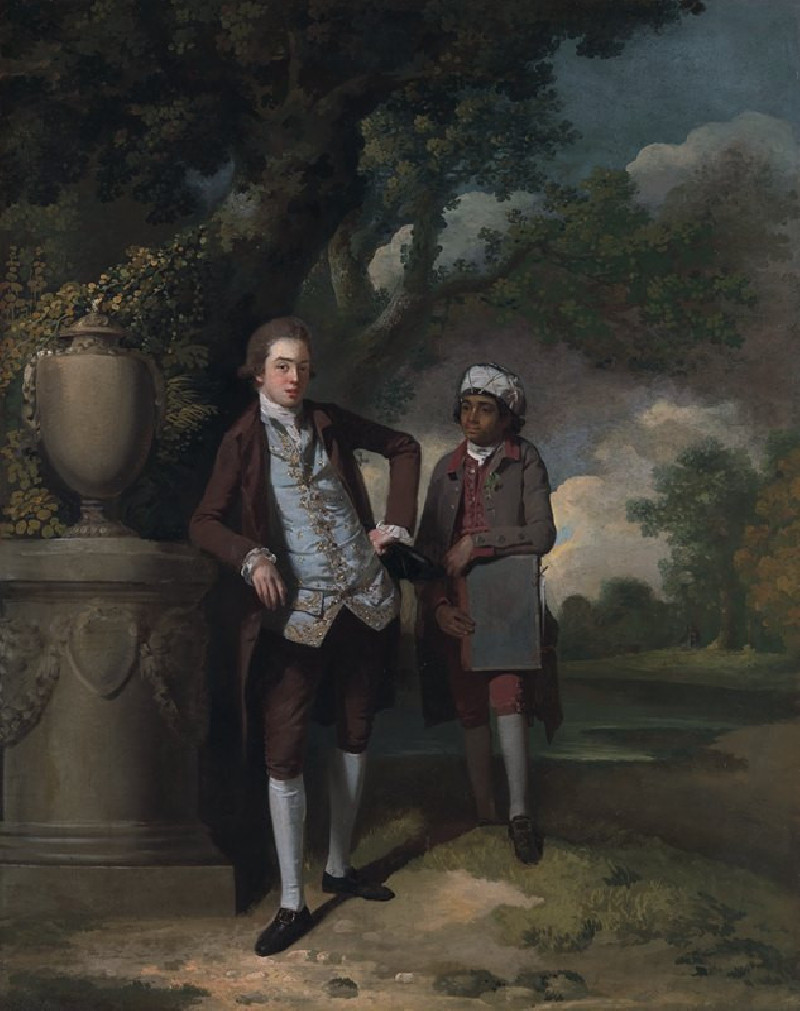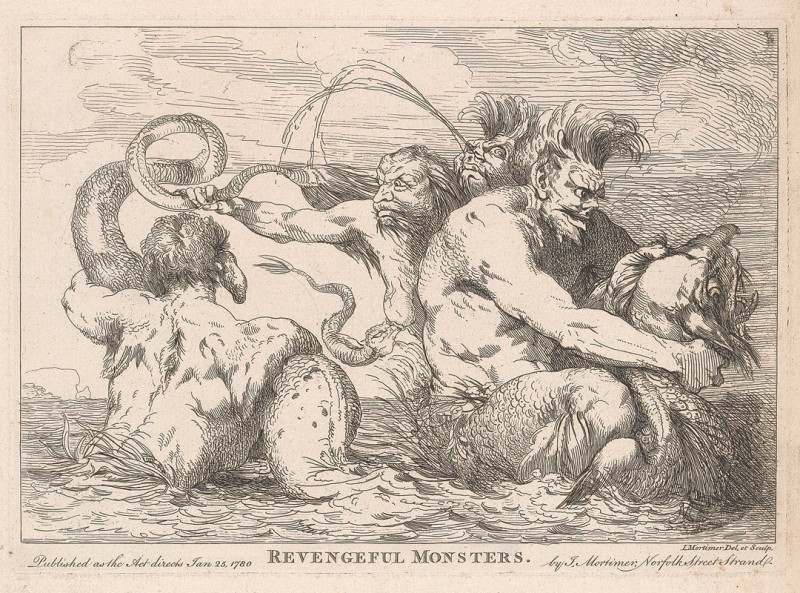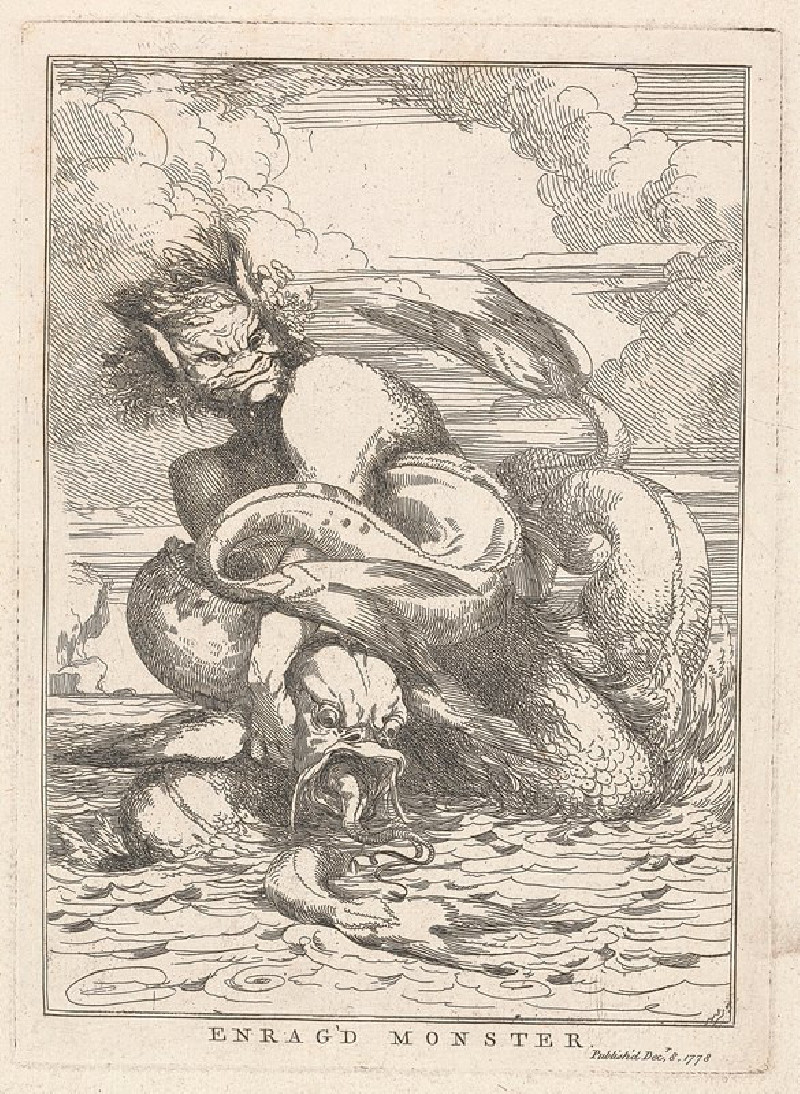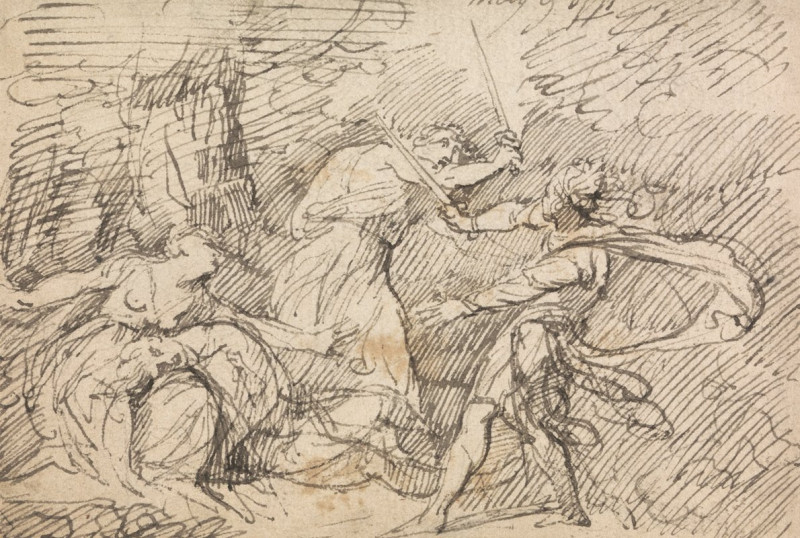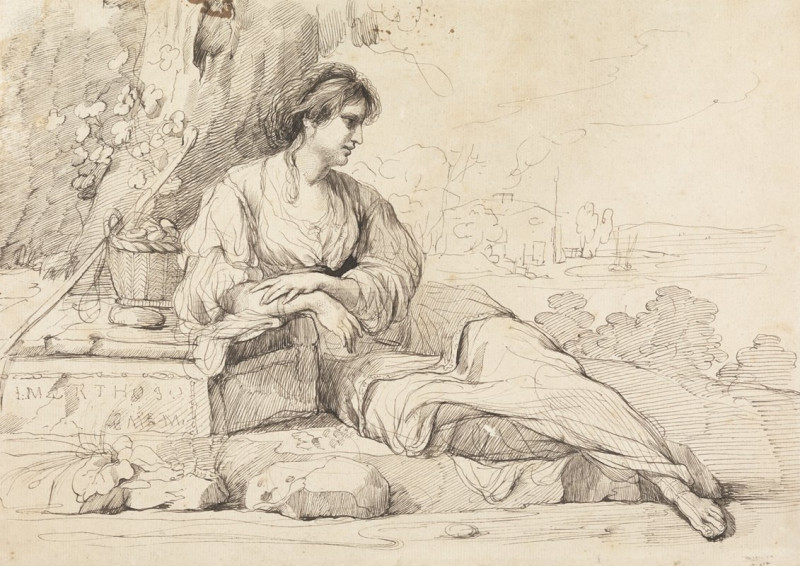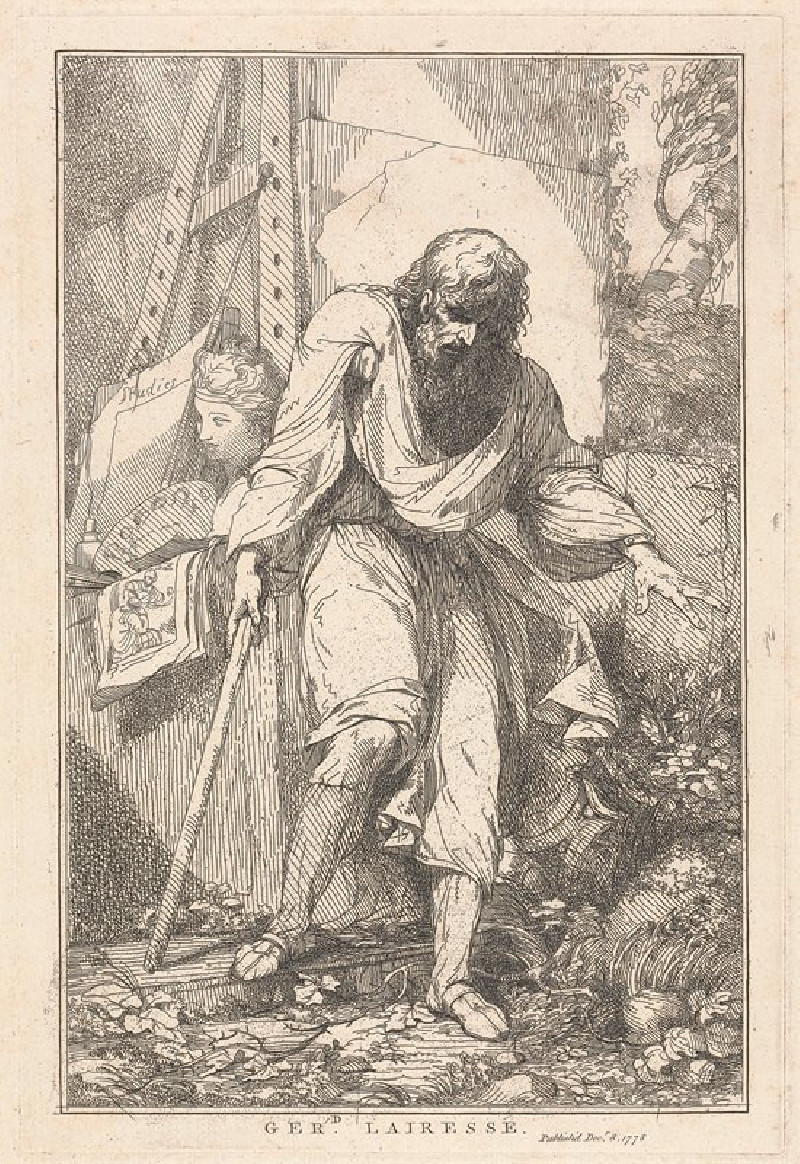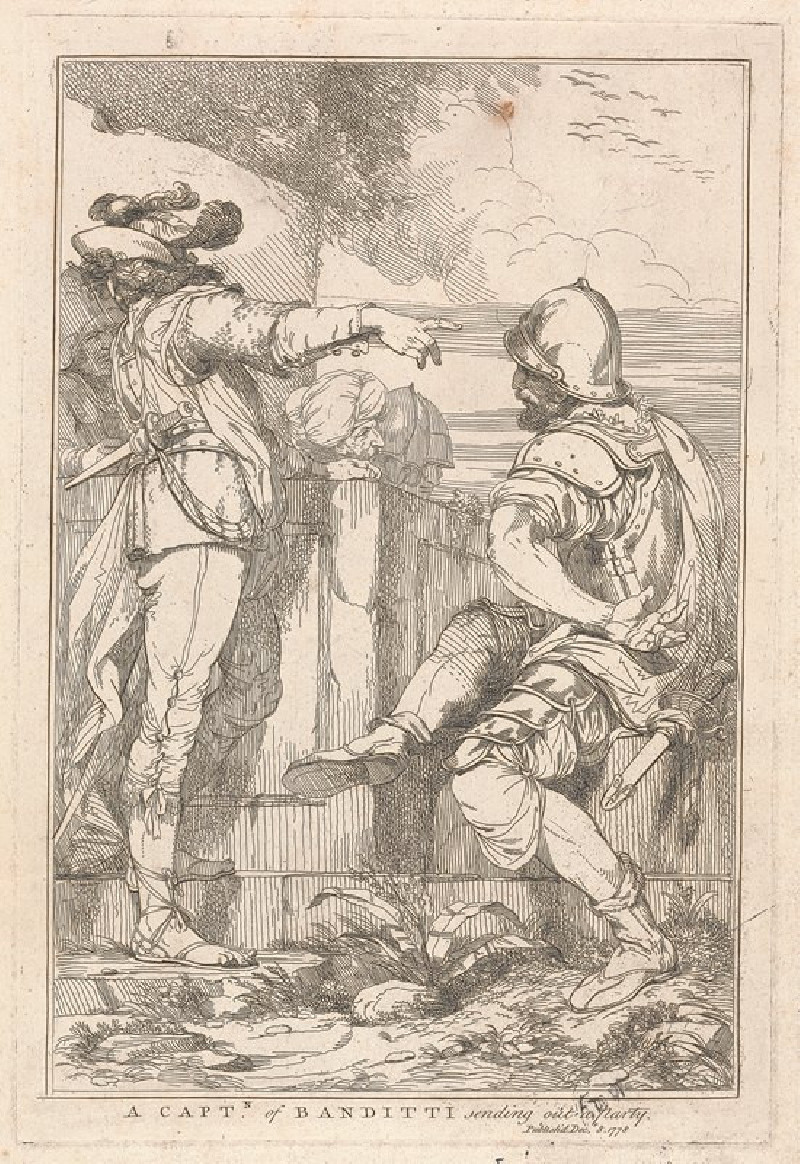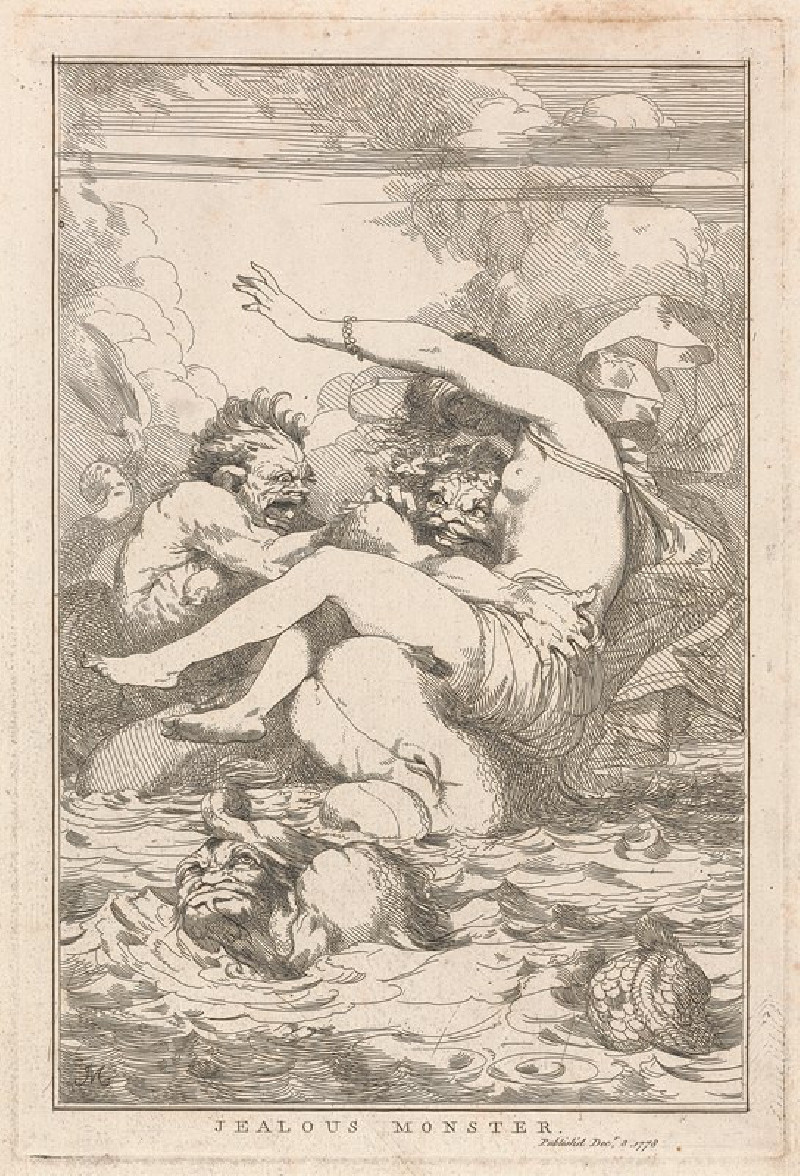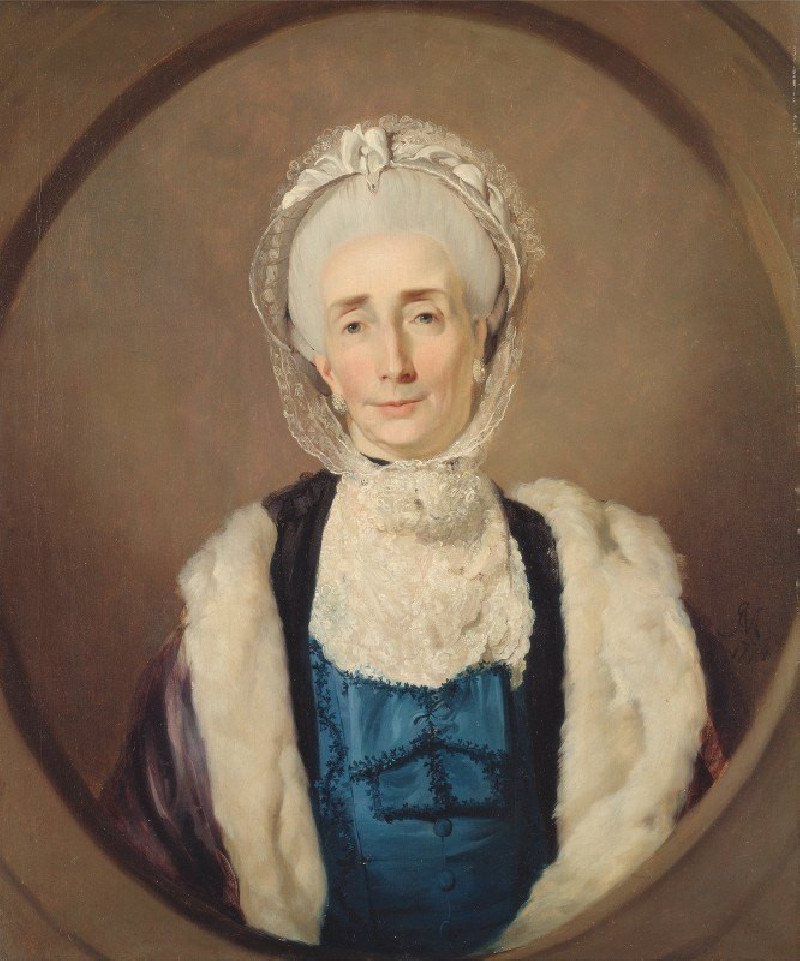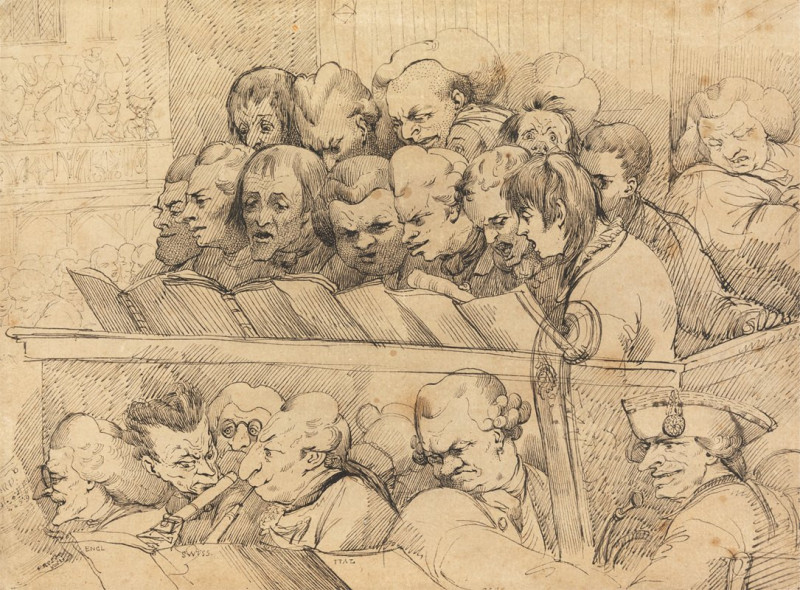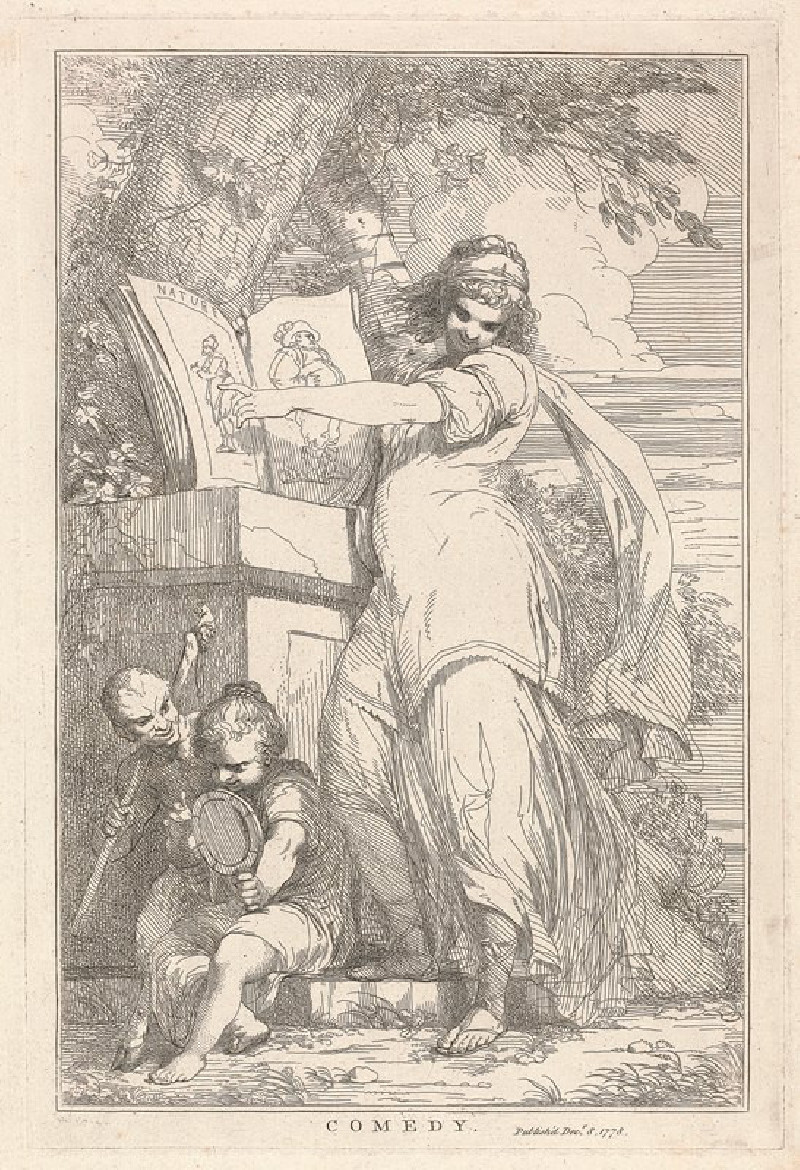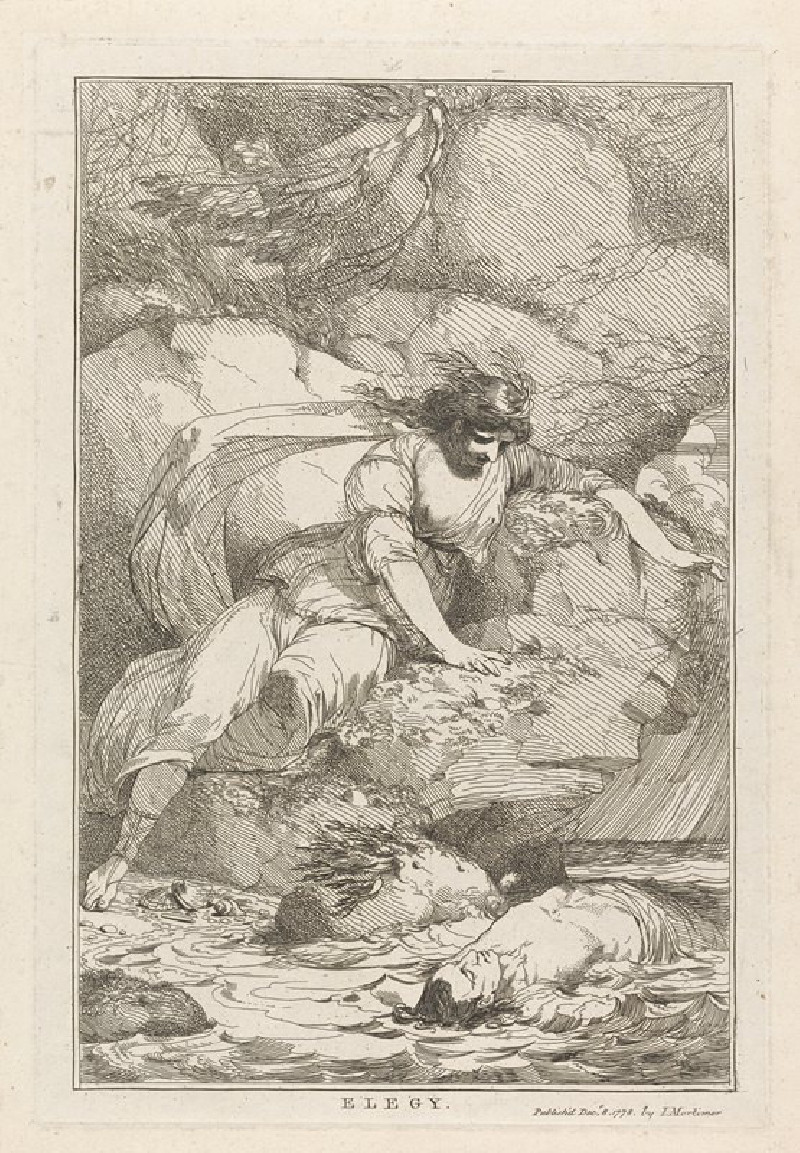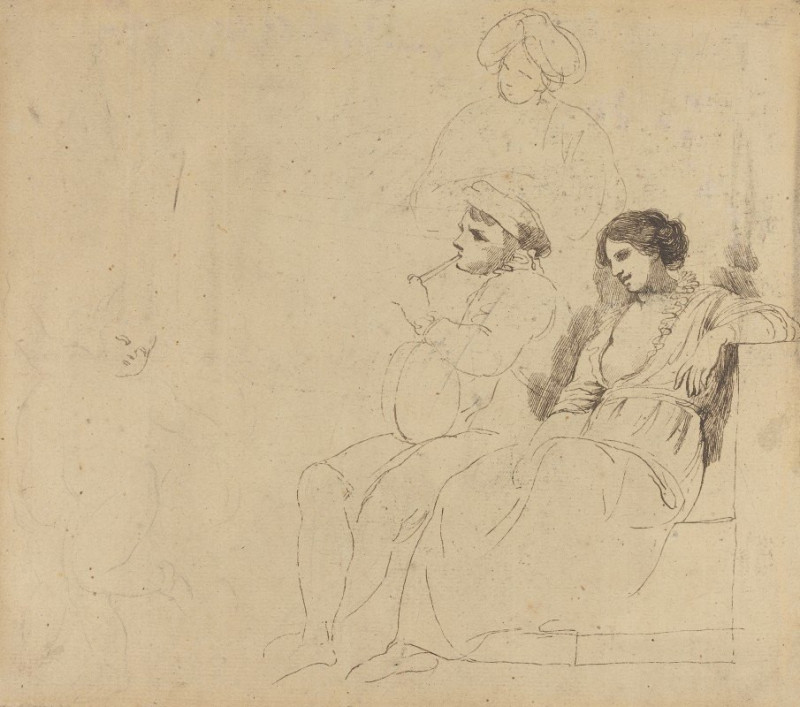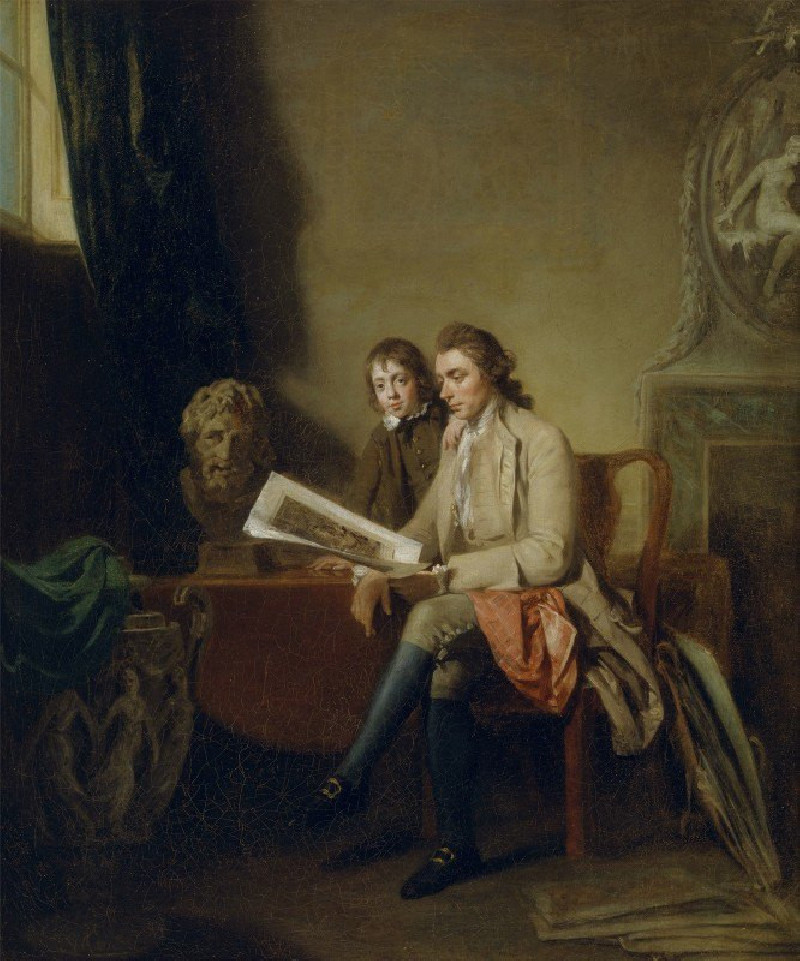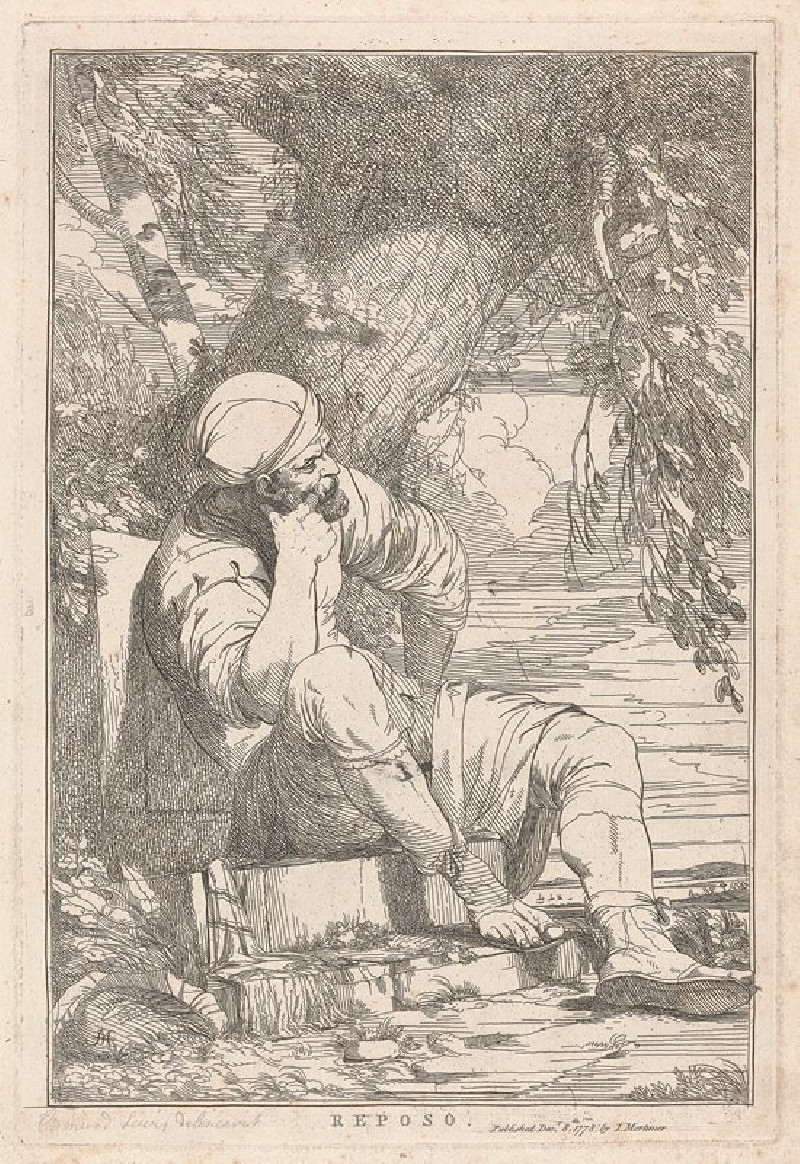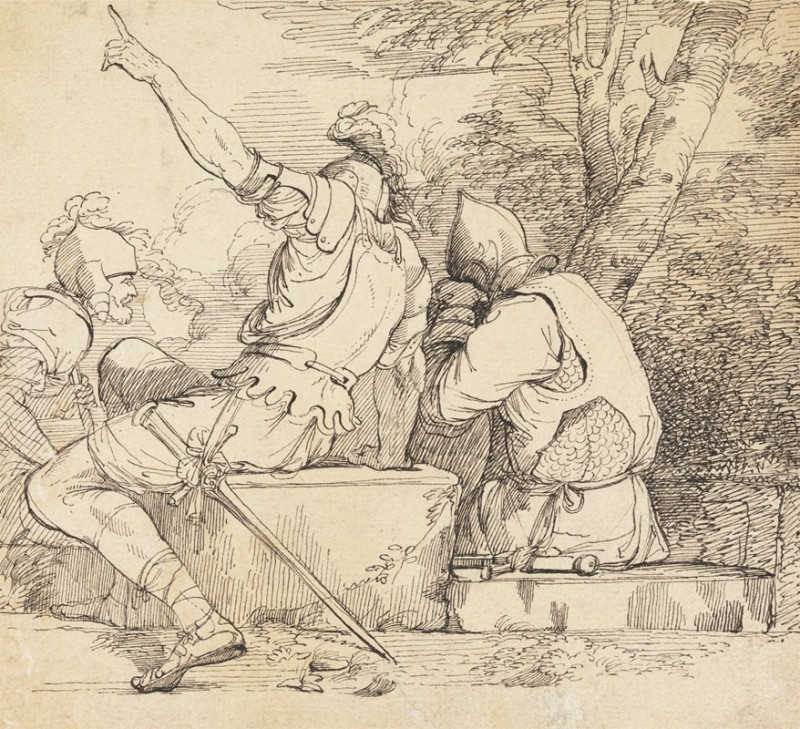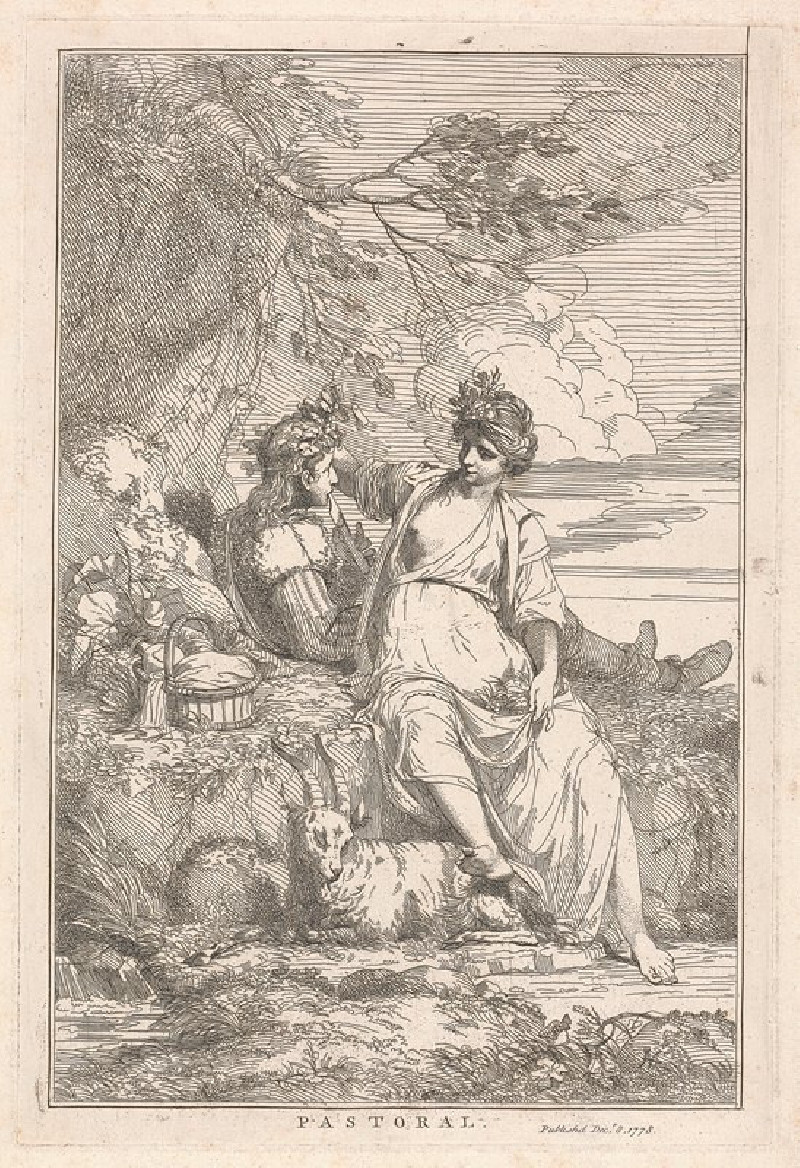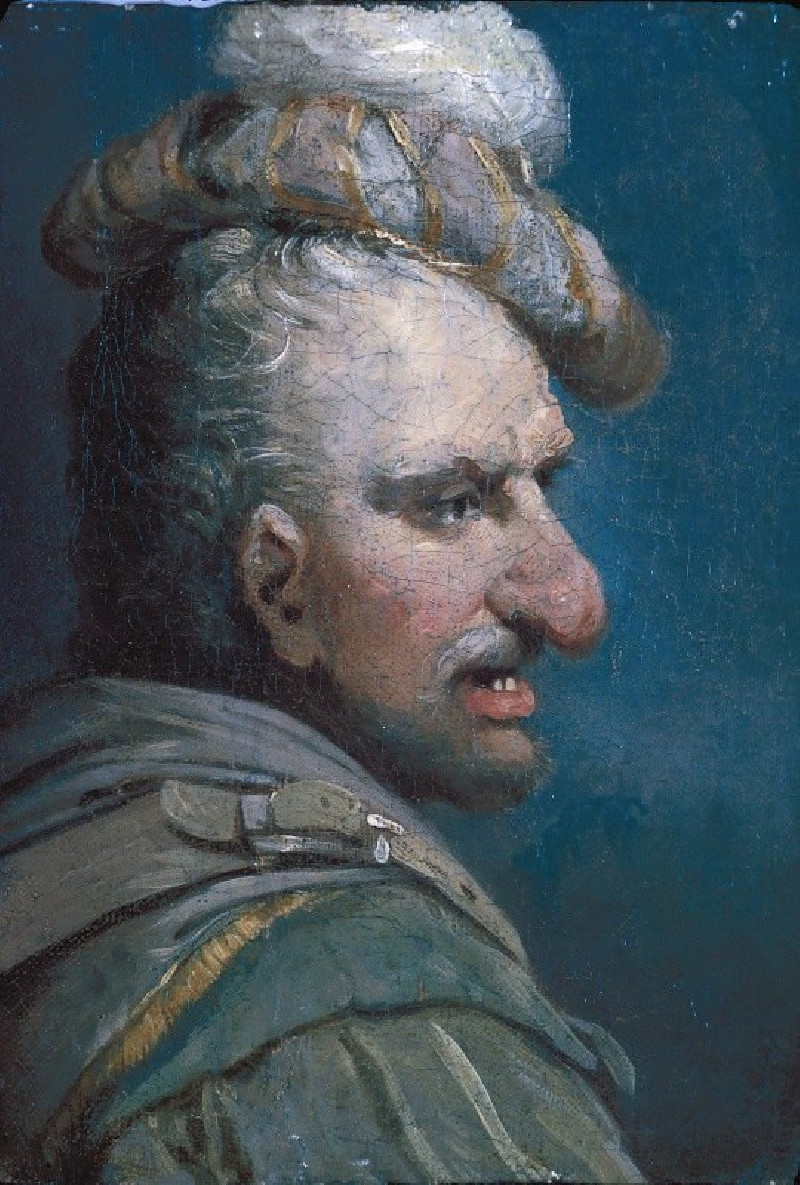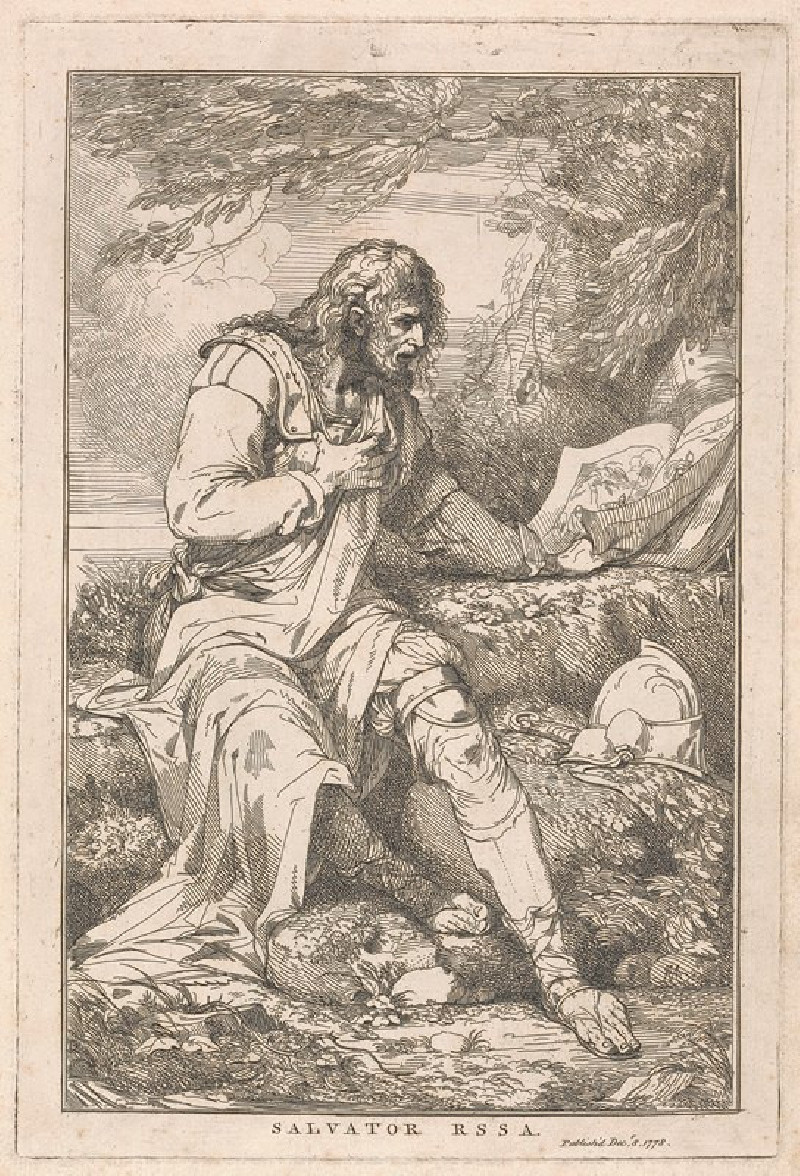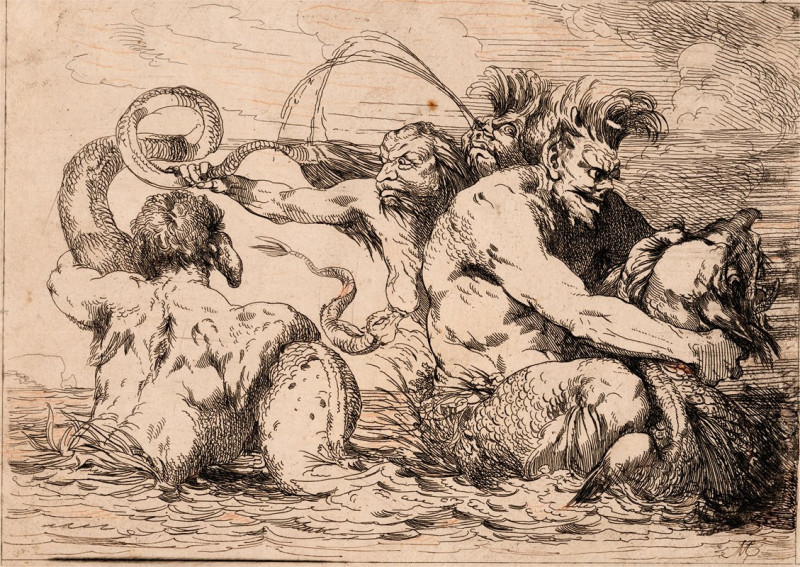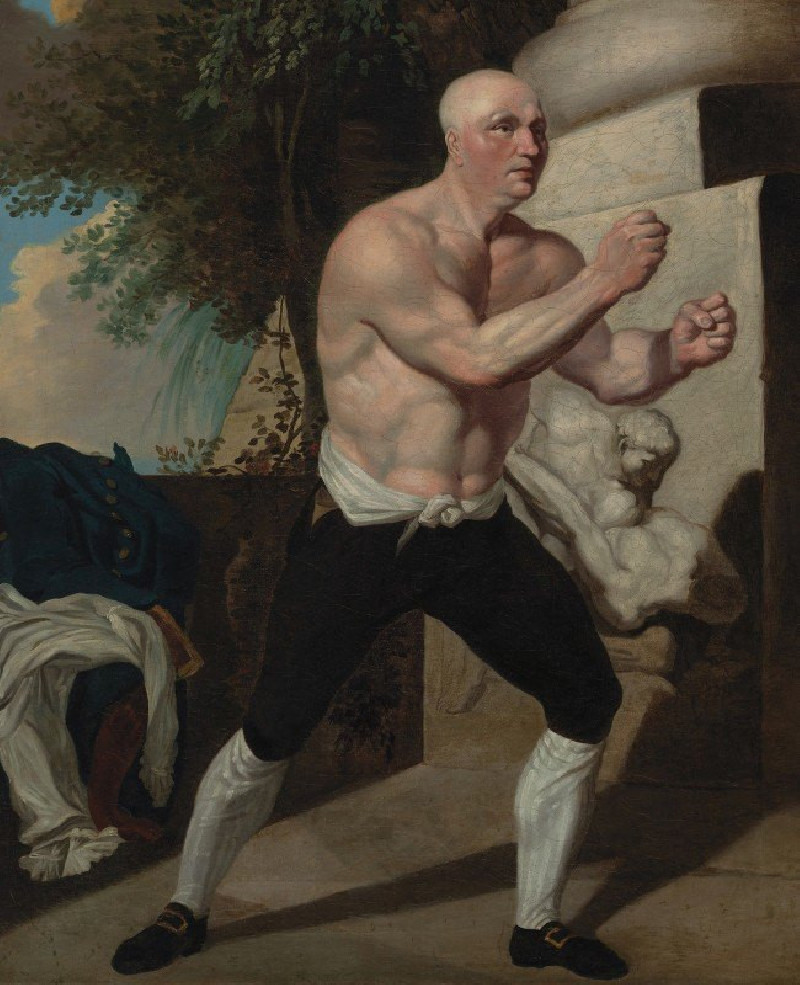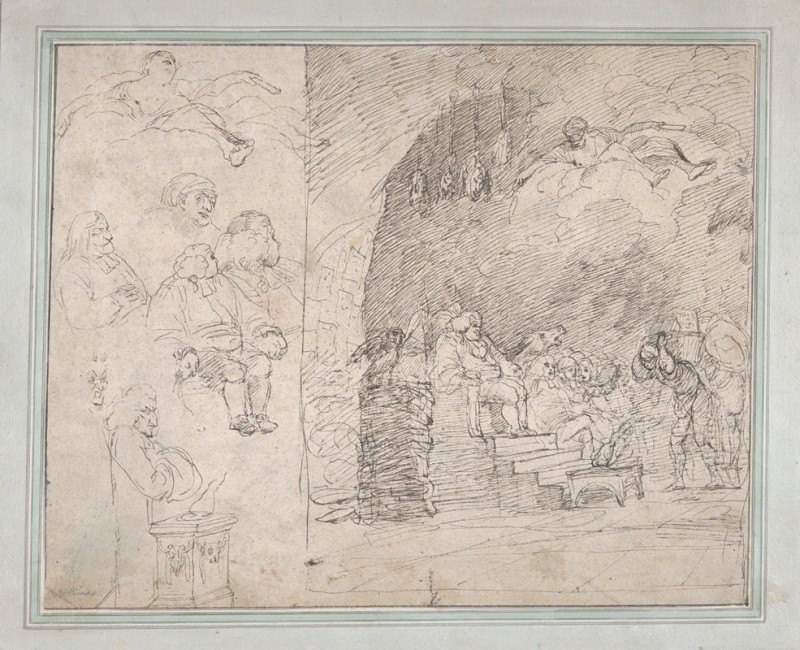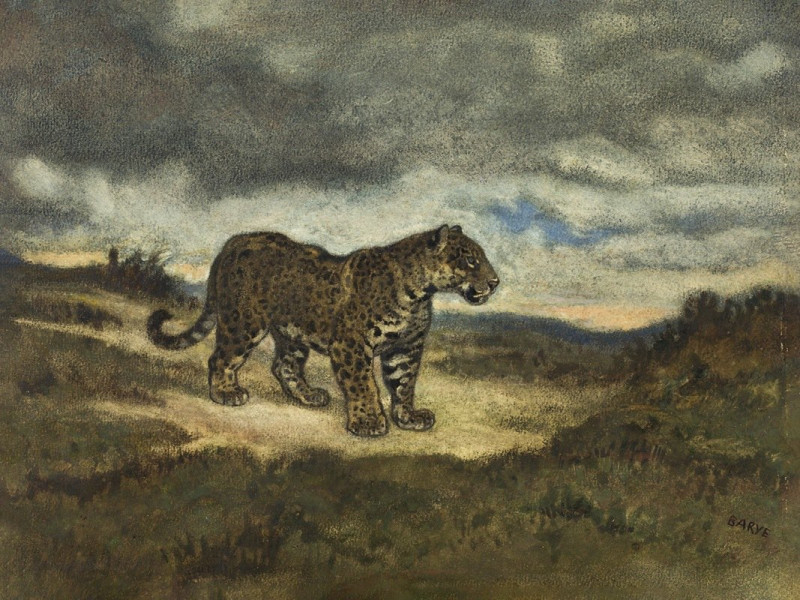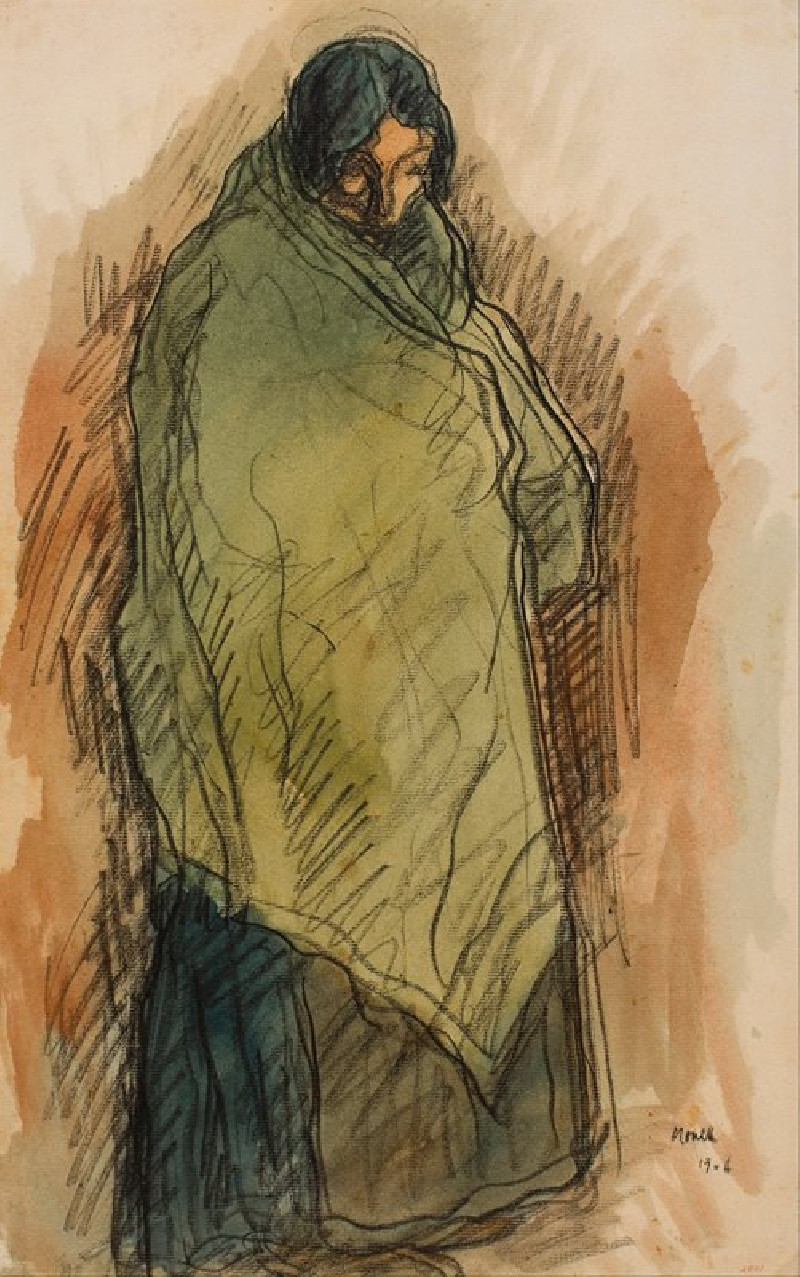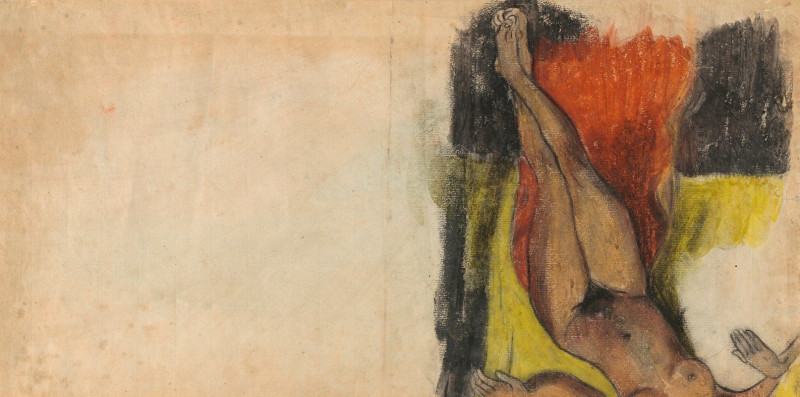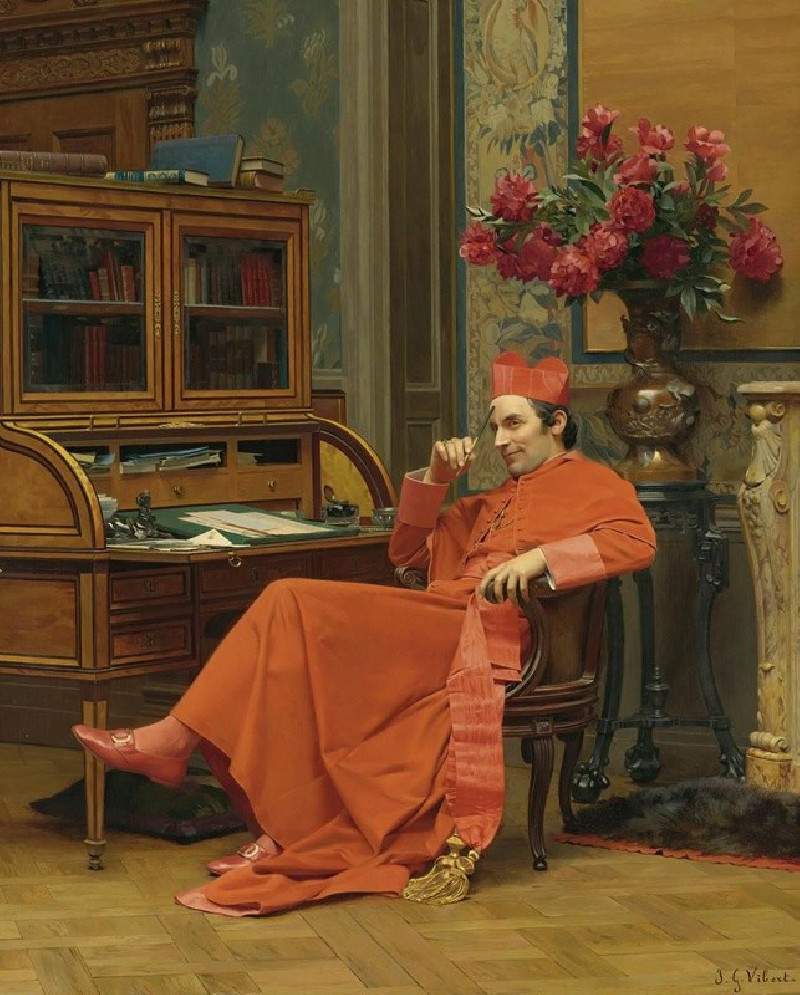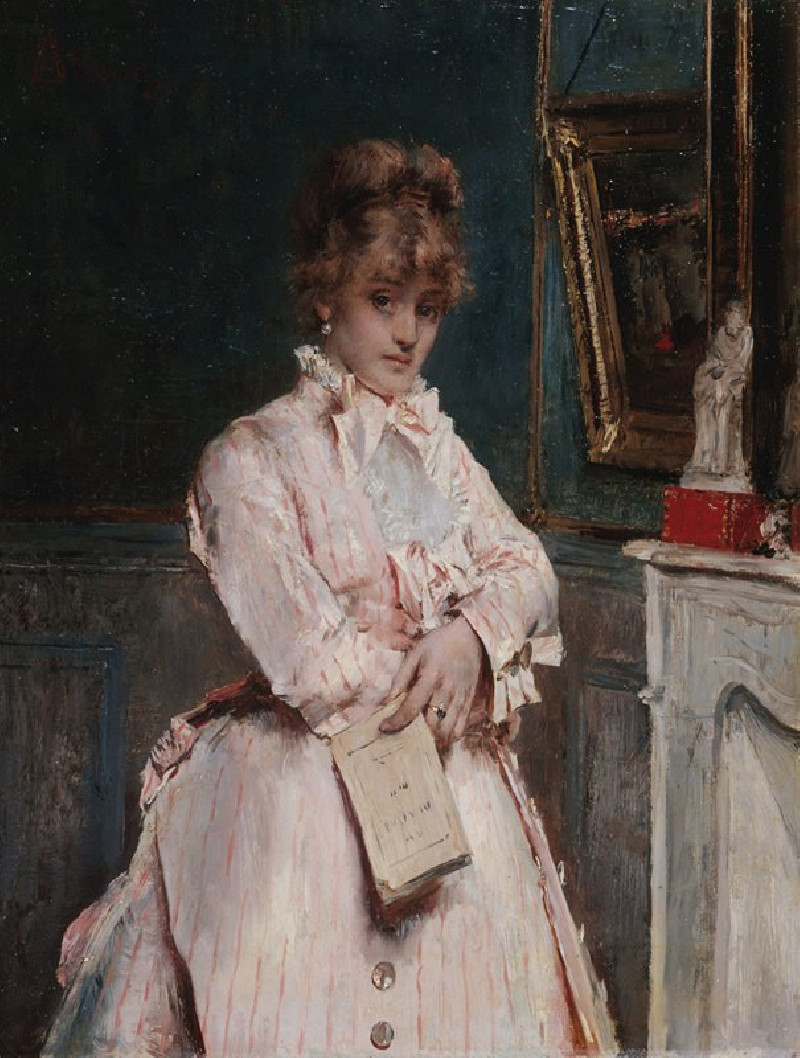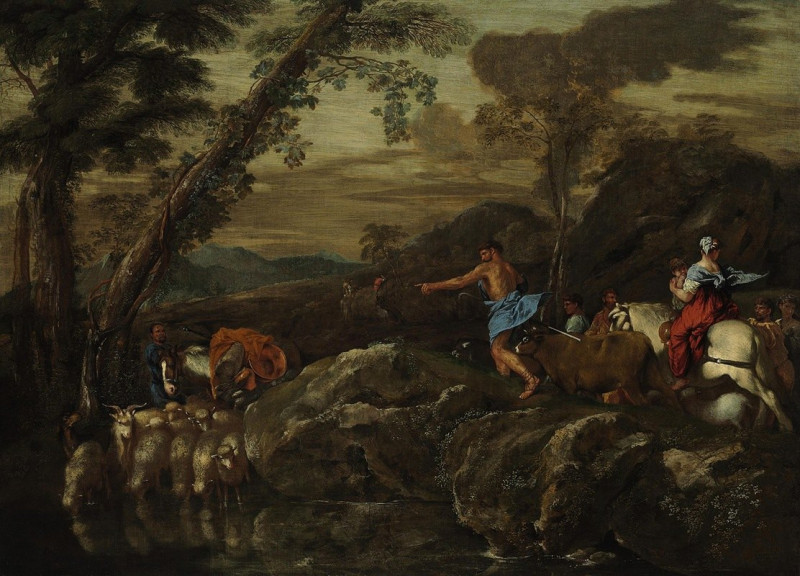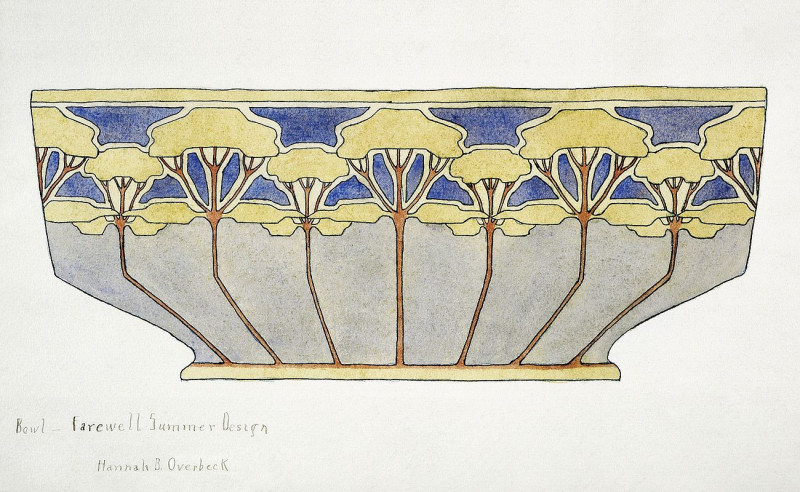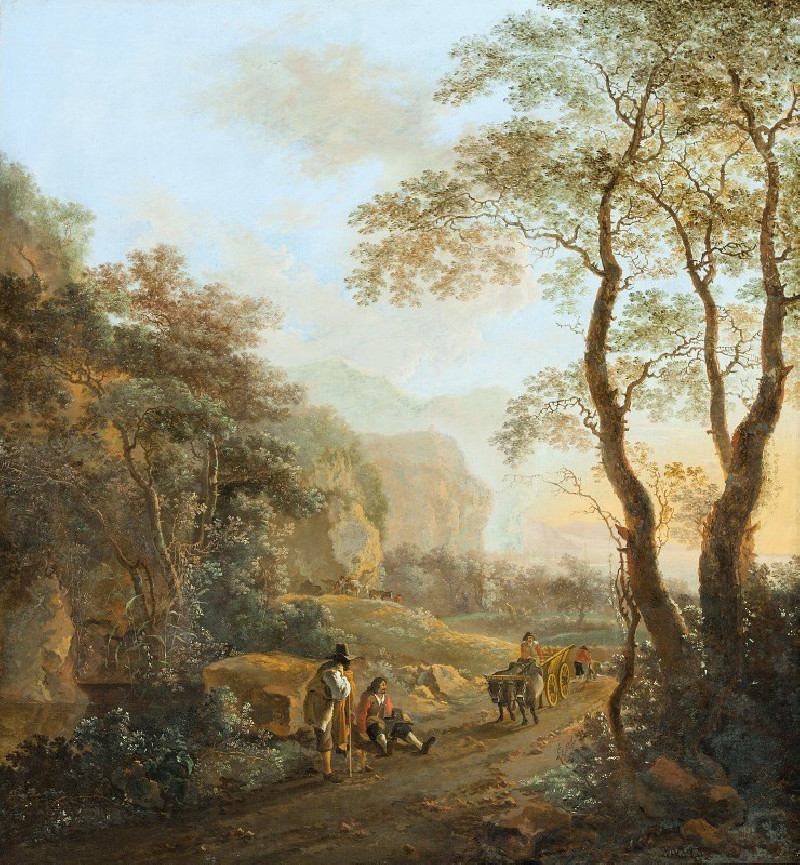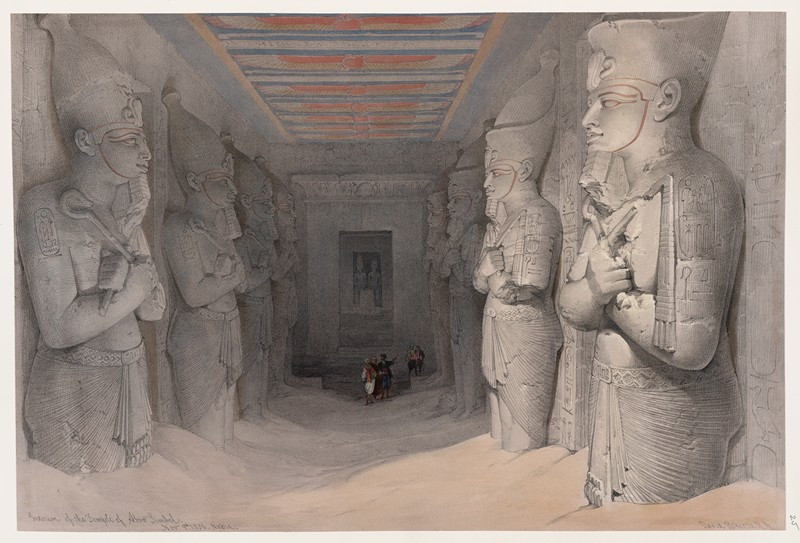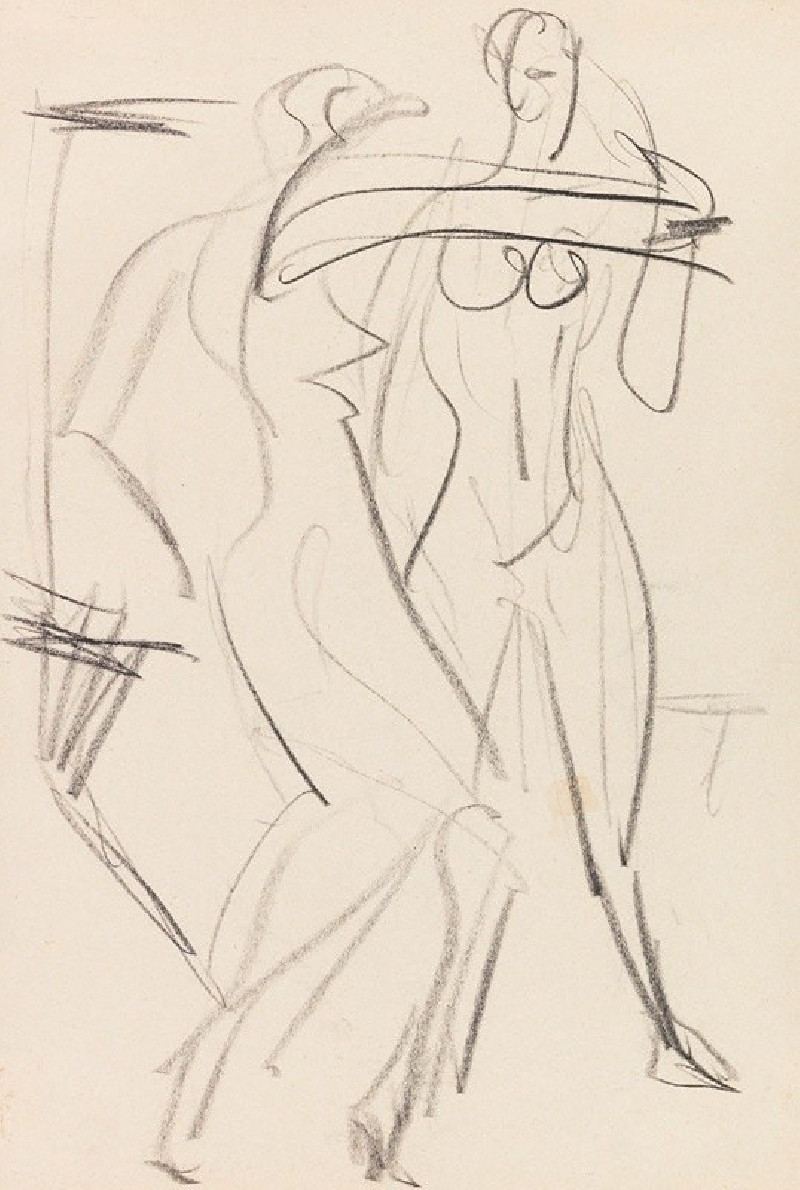Banditti taking his post (1778)
Technique: Giclée quality print
Recommended by our customers
More about this artwork
John Hamilton Mortimer, an eminent English painter of the 18th century, often engaged themes rich with drama and historical content. His work, "Banditti Taking His Post," completed in 1778, is a compelling illustration that captures the essence of rugged, romantic adventurism that fascinated the artistic circles of his time.This etching portrays a scene of three bandits in a lush, rural setting. The central figure, amply clad in period attire that includes arm and leg guards, adopts a vigilant stance. With his left hand shielding his eyes, he gazes intently into the distance, possibly scouting for threats or opportunities. The sense of urgency and cautiousness is palpable as he leans forward, his long spear adding to his imposing figure.To his right, there appear two accomplices; one, with a pensive expression, looks towards the central bandit, seeking perhaps guidance or simply affirming the plan they might be unravelling. The other, partially obscured in the background, seems wearied or anxious, suggesting the perilous nature of their lifestyle.The composition is intricately detailed, allowing viewers to almost feel the rough textures of the clothes and the rugged terrain. Mortimer’s skillful handling of the etching medium, with its dense hatching and dramatic contrasts, heightens the intensity of the scene, inviting the viewer into this precarious moment in the bandits’ lives."Banditti Taking His Post" not only embodies the allure of the outlaw life but also reflects the period's fascination with the picturesque and the sublime, themes that continue to resonate in the portrayal of figures who live on the fringes of society.
Delivery
Returns
John Hamilton Mortimer was a British figure and landscape painter and printmaker, known for romantic paintings set in Italy, works depicting conversations, and works drawn in the 1770s portraying war scenes, similar to those of Salvator Rosa.
Mortimer became President of the Society of Artists in 1774, five years before his death at age 39.

